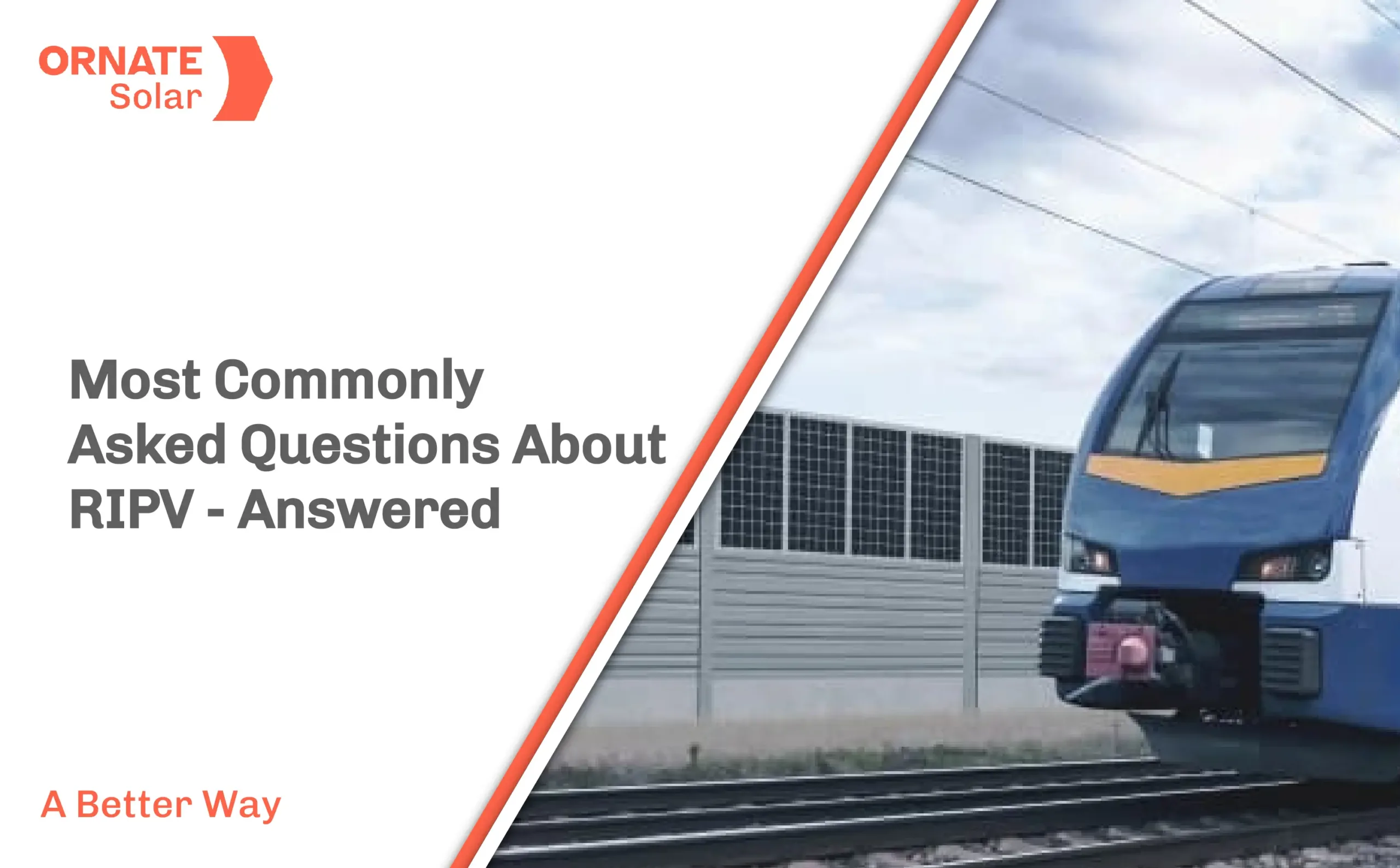

Step into the future of transportation with Road/Rail Integrated Photovoltaics (RIPV)! Imagine roads and railways that do more than just get us from point A to B—they also generate renewable energy. RIPV technology integrates solar panels into our transportation networks, creating a powerful synergy between infrastructure and sustainability.
Curious to know more? Dive into our blog as we unravel the most common questions about RIPV and explore how this game-changing innovation is set to transform our world.
The potential energy generation by RIPV depends on factors such as the solar insolation of the location, the efficiency of the PV panels used, and the angle at which the panels are installed. Although modern solar panels are around 20% efficient, so that generates approximately 200 watts per square meter.
RIPV systems often have comparable energy outputs to traditional ground-mounted PV systems, but there are certain factors that affect their efficiency such as shading from nearby structures, the angle of installation etc. With advancement in PV technology, RIPV will become more efficient.
RIPV can be installed along highways, railways, and on noise barriers. These installations are ideal for urban and suburban areas where additional land for traditional PV systems is limited so existing infrastructure can be utilized.
The most effective locations for RIPV installations are those that receive consistent sunlight with minimal shading, such as along highways or railways. It is better to install it in open areas where sunlight can be easily reached, also the direction in which solar insolation can be maximised like south-facing barriers are more efficient than barriers facing other directions.
RIPV can be installed using methods such as rear view (panels on the back of barriers), top-mounted (on top of barriers), cassette (modular panels within the structure), and zigzag (angled panels to capture more sunlight). However, there is no concise list, it can be customized according to requirement.
Top-mounted and zigzag installations generally offer higher efficiency due to better sunlight exposure. However, rear view and cassette methods may be easier to maintain as they are more protected from the elements. So, the choice of installation impacts both energy yield and ease of maintenance.
The efficiency of RIPV panels decreases over time due to degradation of PV materials, accumulation of dust and debris, and exposure to extreme weather conditions. High temperatures and moisture also contribute to reduced efficiency by affecting the panels’ optimal performance and causing potential damage.
To maintain efficiency, regular inspections of electrical components, immediate repairs for any damage, and the use of remote monitoring systems are essential. Additionally, managing nearby vegetation to prevent shading and maintaining the structural integrity of supports and mounting systems are crucial for optimal performance.
Energy from RIPV can power streetlights, traffic signals, electric vehicle charging stations, and public transportation systems. This energy generation can reduce the load on the grid and enhance the sustainability.
RIPV can benefit the local communities in numerous ways. It would reduce the energy costs, decrease reliance on fossil fuels as the energy generated by RIPV would replace it. It would also improve the air quality making the environment better for them. By integrating photovoltaics into noise barriers noise pollution can be reduced.
Technical challenges include ensuring structural stability, managing electrical connections, and dealing with shading effects. Integrating PV modules into existing barriers also requires careful design to maintain both the barrier’s noise reduction capabilities and the PV system’s efficiency.
Shading can significantly reduce the performance of RIPV systems by blocking sunlight and causing power losses. However, these effects can be mitigated by optimizing panel placement.
Installing RIPV can be more expensive due to the additional structural integration and durability requirements. However, these costs can be offset by the dual functionality of noise reduction and energy generation. It can further be reduced by potential subsidies and incentives provided by the government. Further advancements in RIPV technology would also result in cost reduction.
RIPV reduces greenhouse gas emissions by generating renewable energy and decreases noise pollution along the roads and railway stations. It also optimizes land use by utilizing existing infrastructure, thereby preserving natural habitats and reducing the need for additional land development.
RIPV systems need to be more durable to withstand environmental problems such as wind, debris, and vibration from traffic. They are often built with reinforced materials and robust designs which makes them potentially more durable but also possibly more expensive than traditional PV systems.
Stakeholders such as local authorities and transport agencies play a critical role in planning, funding, and regulatory approval of RIPV projects. They ensure that the implementation would be smoother by aligning the projects with community needs and regulatory requirements.
Future trends in the field of RIPV include the development of more efficient PV materials like bifacial and perovskite cells, which can increase energy yield. Additionally, the introduction of more efficient structures designed to maximize solar production will play a significant role. Innovations in energy storage, grid integration, and smart monitoring systems will further enhance the viability and efficiency of RIPV.
Costs can be reduced by scaling up production, standardizing installation processes, and leveraging technological advancements such as more efficient PV cells and automated maintenance systems. Government incentives and favourable policies can also play a crucial role in reducing overall costs.
About Ornate Solar
Ornate Solar is a leading solar company with 10 years of experience in the industry and the mission to reimagine the way solar is installed worldwide.
By not only partnering with the best-in-class solar brands but also developing our high-quality solutions (panels, solar inverters, accessories, InRoof), we develop and deliver solutions that are modern, reliable, and effective.
If you are looking for high-quality solar solutions, reach out to us at 1800 2026 252 to discuss your options.




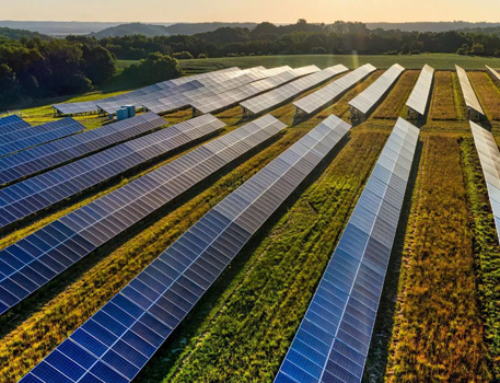
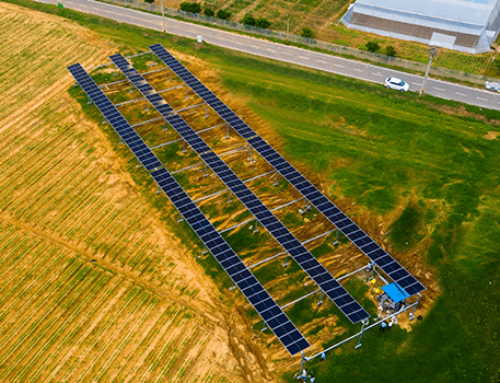
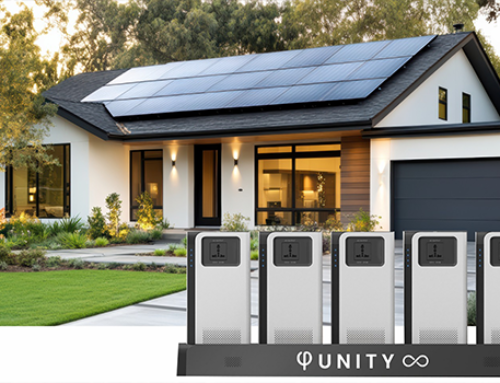
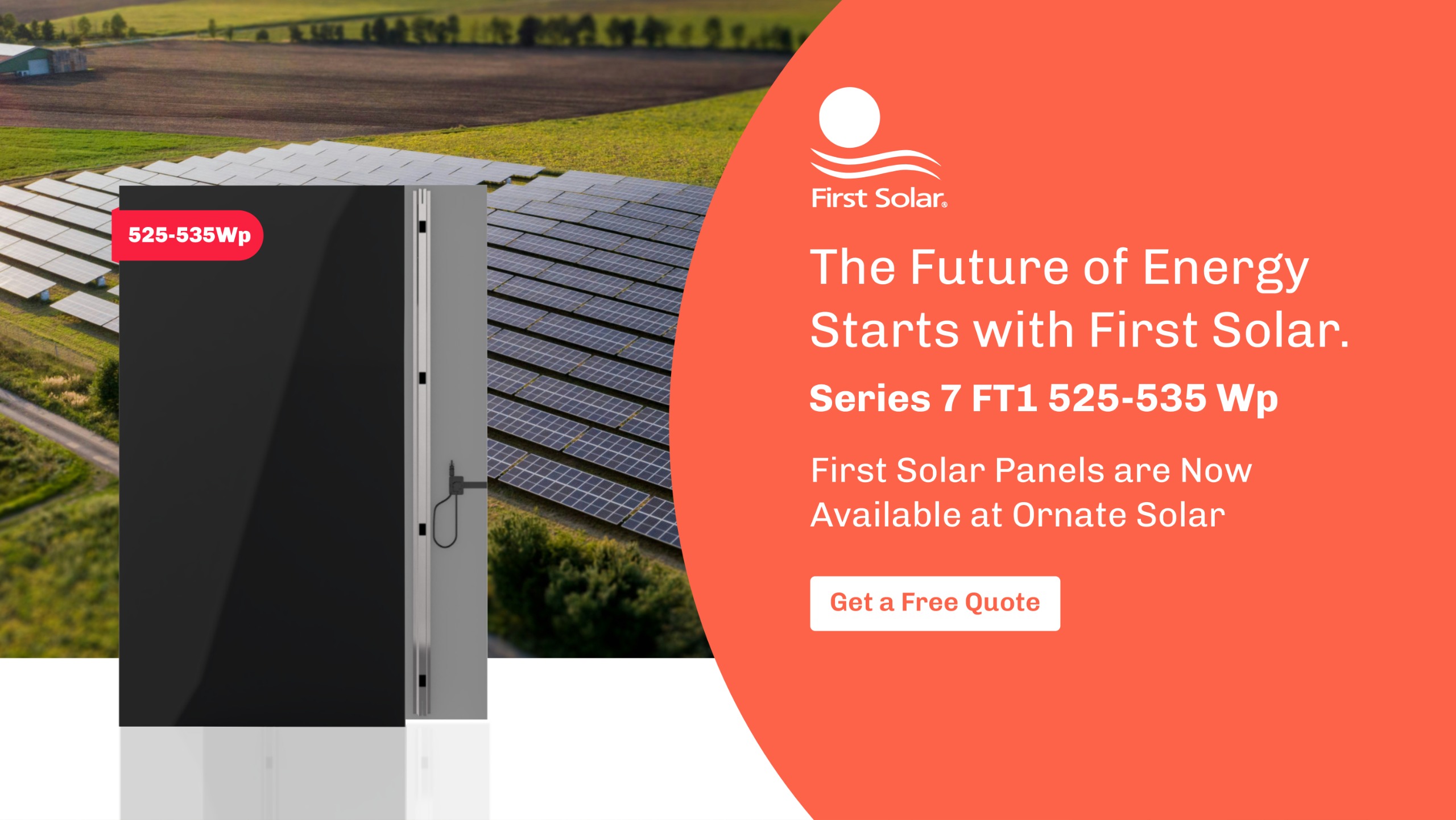
Leave A Comment